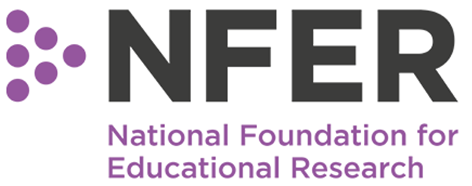A recent rapid literature review by the National Foundation for Educational Research (NFER) about the use of multimedia tools for teaching maths and science suggests that human mediation may be just as important in determining a tool’s effectiveness for improving learning outcomes as the technical design of the tool itself. But how can teachers ensure that they are bringing a human-centred approach to the technology they use in the classroom?
Guiding student interaction with edtech
Given the technological capacities of much of today’s edtech, it can be tempting to feel that the teacher’s role is simply to facilitate learners’ access to the technology. However, teachers also play a crucial role in mediating how students engage with the content. One US study (Li et al., 2020) of primary school pupils found that teachers implemented even such simple edtech as a suite of science videos in a range of different ways, each with a particular effect for student engagement. For example, one teacher reported viewing the videos as a class to be more effective than students viewing them in small group using a co-viewing guide. Other teachers in the study reported using the shorter song-based videos to support smooth transitions between activities, as background music for related activities, or encouraged children to sing and dance along to them. Another approach that may spark students’ interest is finding opportunities to ‘gamify’ how pupils engage with the content, whether as part of the edtech or through teacher-facilitated activities. For example, one teacher in the study described above reported creating a scavenger hunt to increase student engagement with an eBook that students had shown a tendency to simply click through without necessarily taking the time to read all the content.

